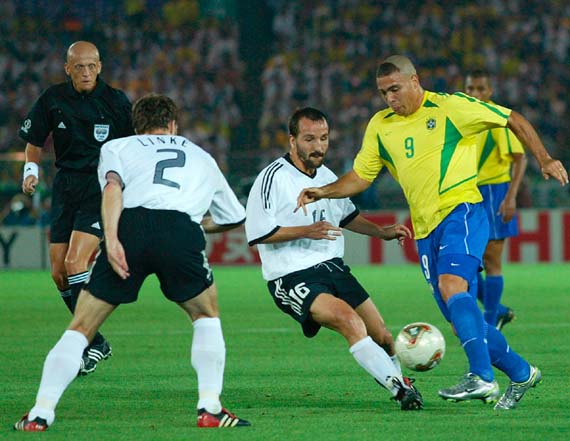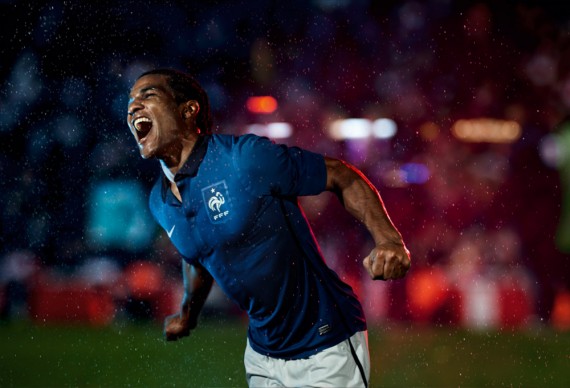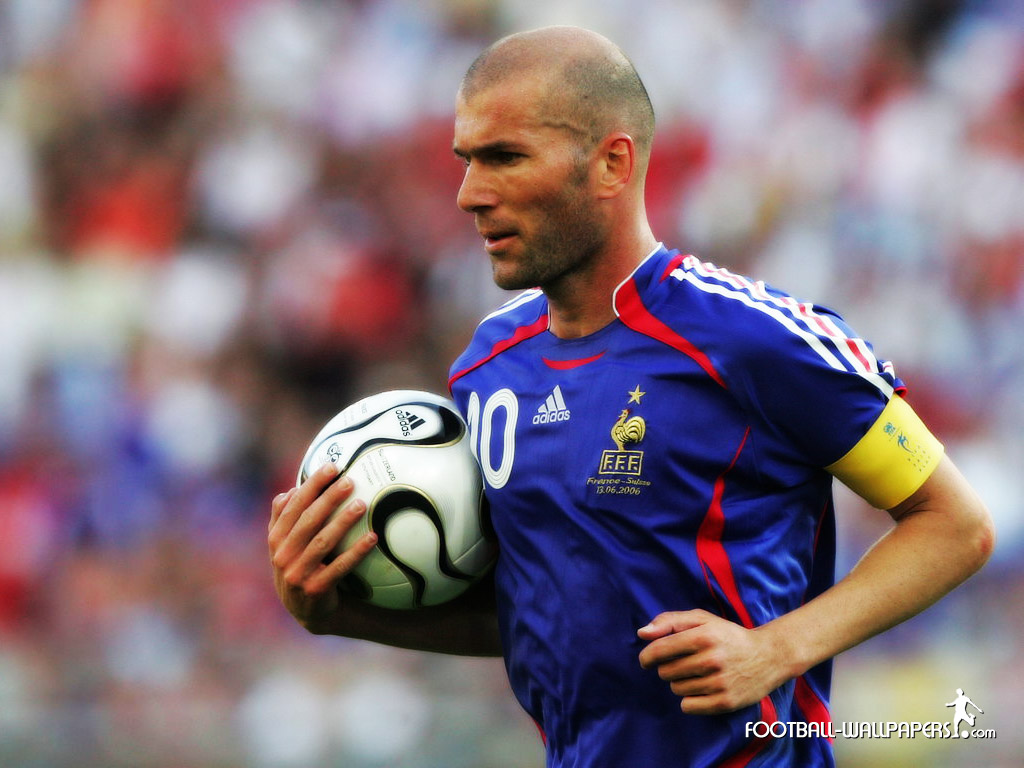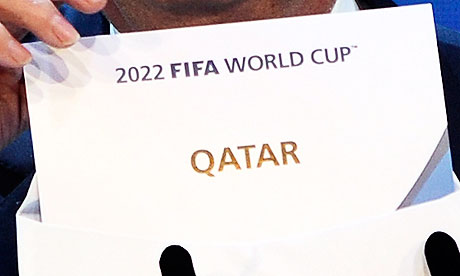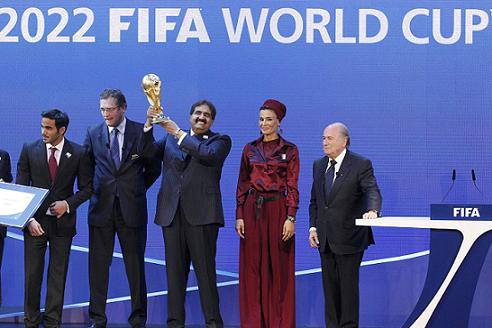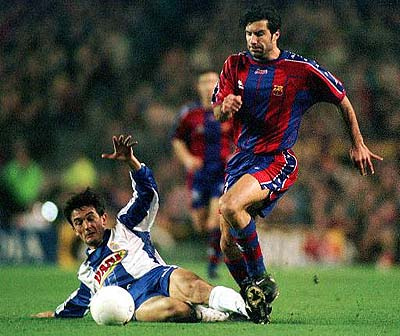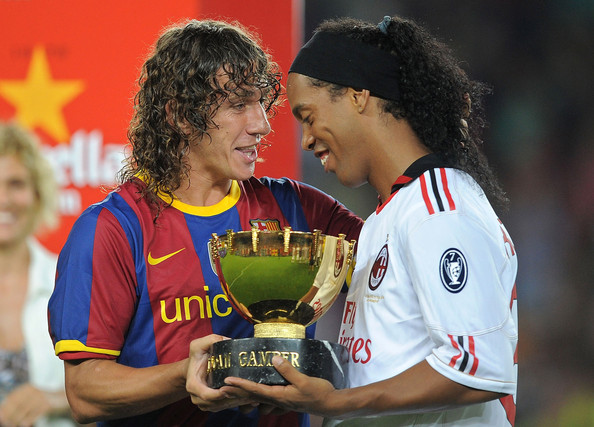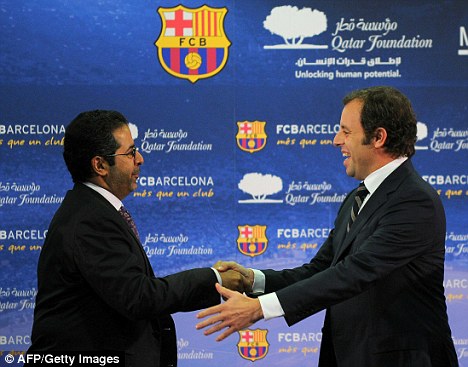In response to Stephanie‘s blog post about the Budweiser’s poor ad placement for the commercial aired during the Super Bowl.
As Steph criticized Budweiser for airing a hockey-related commercial during the Super Bowl, placement is critical for a successful marketing. In contrast to Budweiser’s poor ad placement, Nike successfully placed their commercial in 2010 before and during the South Africa World Cup 2010.
FIFA World Cup is the most watched and the most popular event of the world. Every 4 years, football (soccer) fans all around the world gets excited for the summer event. Nike targeted the athletes and fans of the most popular event during the season. 2010 Nike commercial, named “Write the Future” starred the most expensive and the most popular stars in the world, especially in their own countries, such as Didier Drogba (Cote d’Ivoire), Wayne Rooney (England), Fabio Cannavaro (Italy), Frank Ribery (France), Ronaldinho (Brazil), Cesc Fabregas (Spain), and Cristiano Ronaldo (Portugal), who are all dreaming to win the World Cup and to be the hero of their country.
This approach added excitement and expectations of the competition, and also it gave something to talk about to the football fans and columnists. The fame, money, and popularity described in the video are what we believe those soccer stars actually wanted and what we hoped them to achieve through winning the competition.
The successful commercial attracted 7.8 million viewers on YouTube in its first week. The World Cup ended with the winner sponsored by Adidas, Spain; however, the main members of the team are sponsored by Nike, including Gerard Pique, Carles Puyol, Andres Iniesta, Sergio Busquets, Fernando Torres, Sergio Ramos, and Pedro. More importantly, with the commercial, Nike was recognized again as the brand that sponsors the most popular players, beating Adidas, Nike’s direct competitor and the main sponsor of the FIFA World Cup.

